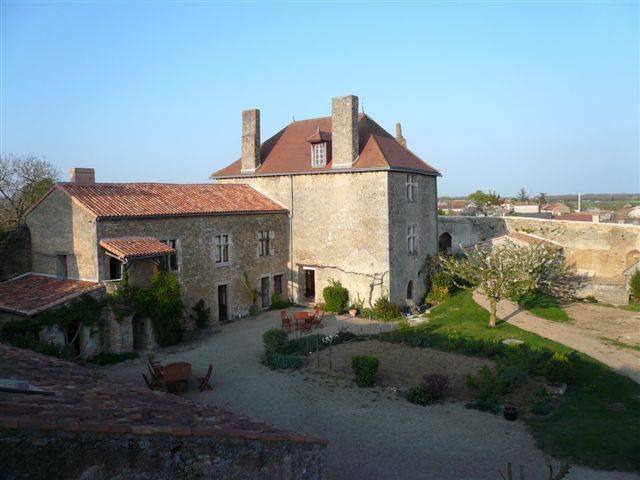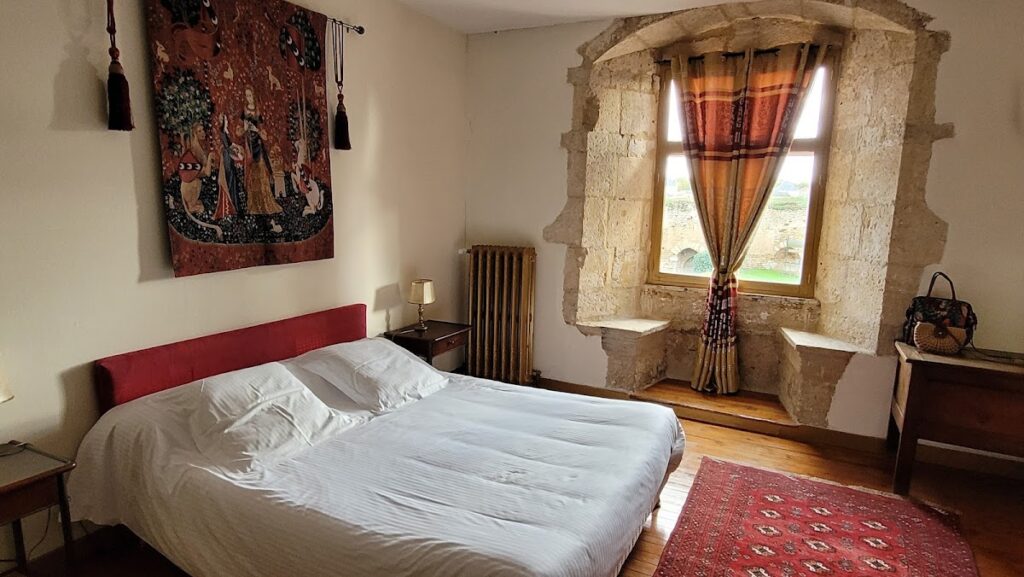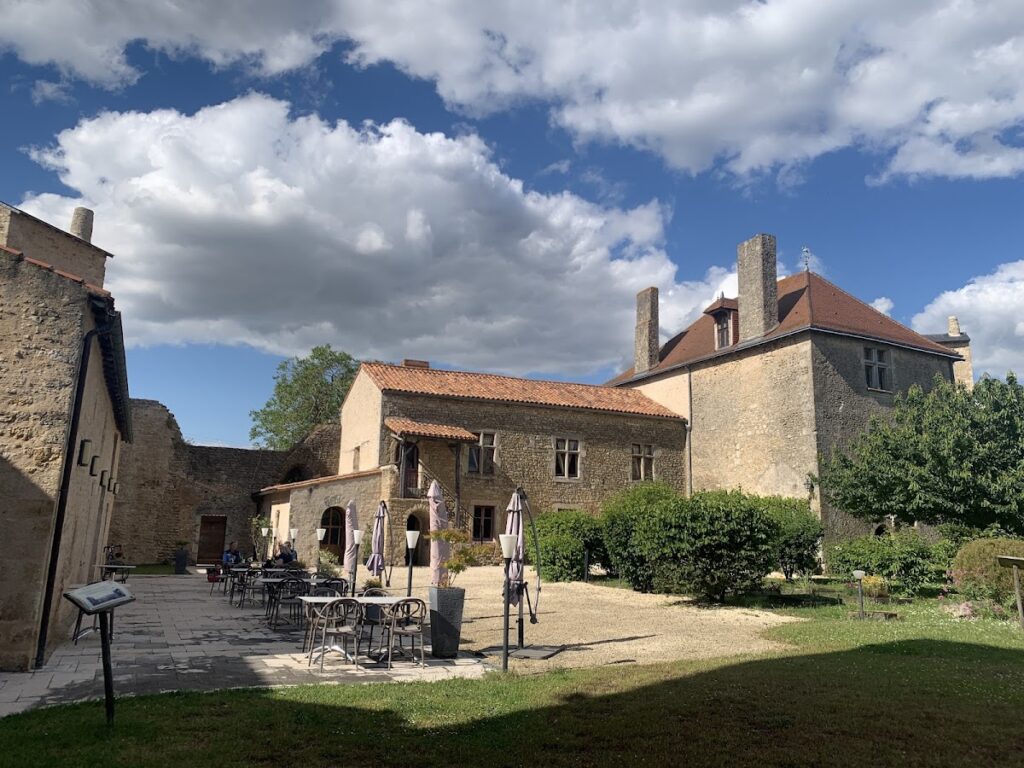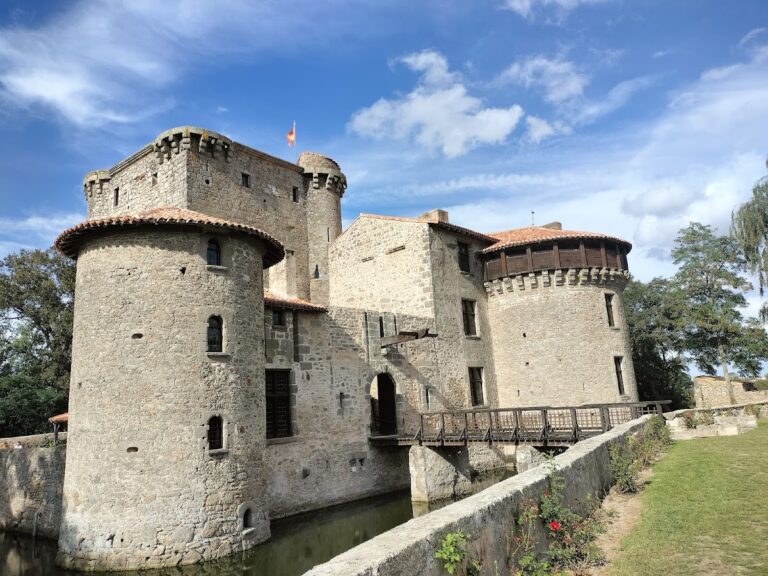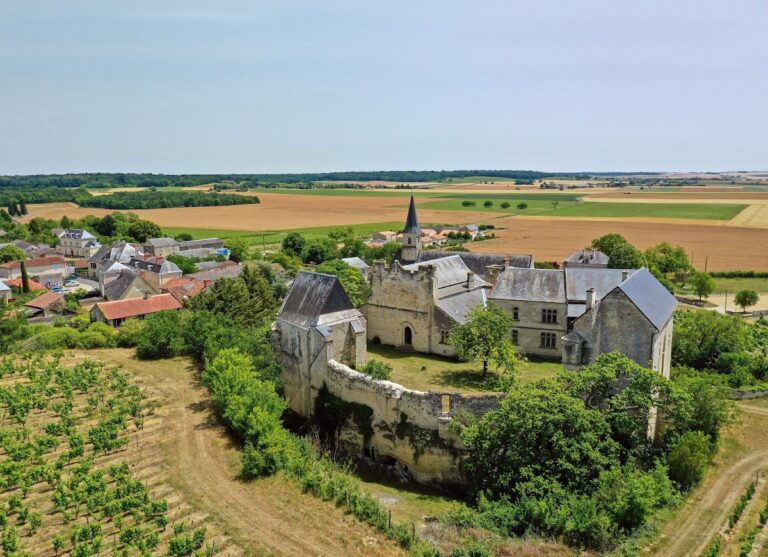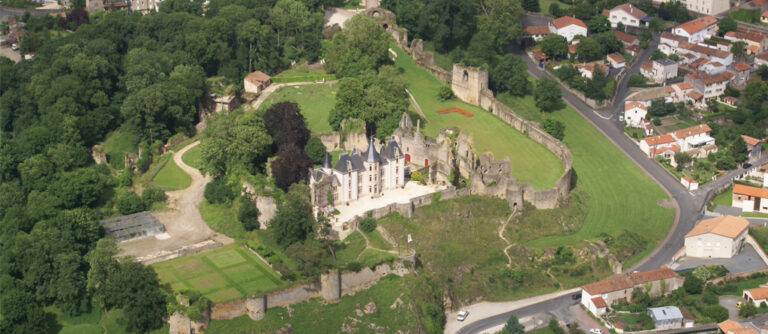Château d’Airvault: A Medieval Castle in France
Visitor Information
Google Rating: 4.7
Popularity: Low
Google Maps: View on Google Maps
Official Website: www.levieuxchateau-airvault.com
Country: France
Civilization: Unclassified
Remains: Military
History
The Château d’Airvault is located in the town of Airvault in modern-day France and was originally constructed by medieval builders on a site that had already held strategic importance. The castle’s foundations lie on the remains of an earlier fortified camp, known as a castrum, and may even rest on an ancient Gallic oppidum, a type of fortified settlement used during the Iron Age.
During the early 13th century, the castle was a focal point in regional conflicts. In 1207, it was besieged and captured by King Philip II of France, commonly known as Philip Augustus, marking a significant moment in its military history. This event reflected the broader consolidation of royal power during that period.
In the mid-16th century, the castle served as a residence for the local nobility, notably under Jean Ysoré, Baron d’Airvault. On 22 September 1565, the castle hosted King Charles IX and the future King Henri IV, then known as the Prince of Navarre. This visit highlights the castle’s role as a noble estate with connections to the royal court. However, the turbulent era of the French Wars of Religion soon brought violence to the castle. Following the defeat of the Calvinists at the Battle of Moncontour in 1569, Gaspard de Coligny, a leader of the Calvinist forces, ordered the Château d’Airvault to be set ablaze. This act was a reprisal against René Ysoré, Jean Ysoré’s son, who had contributed to Coligny’s defeat. After this destruction, the castle was abandoned by its owners and fell into disuse.
By the early 20th century, the castle’s remains were incorporated into newer constructions when the owner built a residence within the lower courtyard. At that time, there was even consideration given to dismantling the medieval structure to sell its materials. Recognition of the castle’s historical value grew later in the century. The site was officially designated a protected monument on 3 October 1929 and received further classification on 24 September 2007, specifically protecting the defensive walls, towers, remains of the barbican (an outer fortification), and surrounding grounds.
Remains
The Château d’Airvault remains a significant example of military construction from the 11th century, revealing key defensive features characteristic of that era. The castle’s core includes a strong outer wall, known as an enceinte, which encloses the defensive perimeter. This wall originally featured battlements—parapets with gaps for archers—but these were removed during the 1940s. At two corners of the enceinte, builders later added square towers placed at an angle; these date back to the 13th or 14th century, showing the castle’s evolution over time.
A notable defensive element protecting the castle’s entrance is a rectangular châtelet, a fortified gatehouse. This structure included mechanisms for active defense, such as a bretèche—a small balcony-like opening above the doorway used for dropping objects on attackers—and hoardings, which are wooden galleries for defense. The gate featured a portcullis, a heavy grilled door that could be quickly lowered, along with a murder hole, an opening in the ceiling of the entrance passage that allowed defenders to strike enemies below. Together, these features illustrate the castle’s advanced military design.
The castle’s main living quarters were built later, in the 15th century, positioned along the west curtain wall. This residential building represents the shift in the castle’s role from solely military to include noble habitation.
Additional structures that survive include a prison made up of two vaulted cells. These cells are lit by a narrow vertical slit called an arrowslit, designed to allow light and ventilation while minimizing exposure to attackers. A stable is also part of the surviving outbuildings.
The castle’s layout demonstrates an architectural influence from the earlier Gallic oppidum, especially in the strategic placement of square towers on the ramparts, suggesting continuity in the use of defensive concepts from ancient to medieval times. Today, the keep—the tall, fortified tower—stands prominently over the town, its silhouette a reminder of the castle’s long history and enduring presence.
